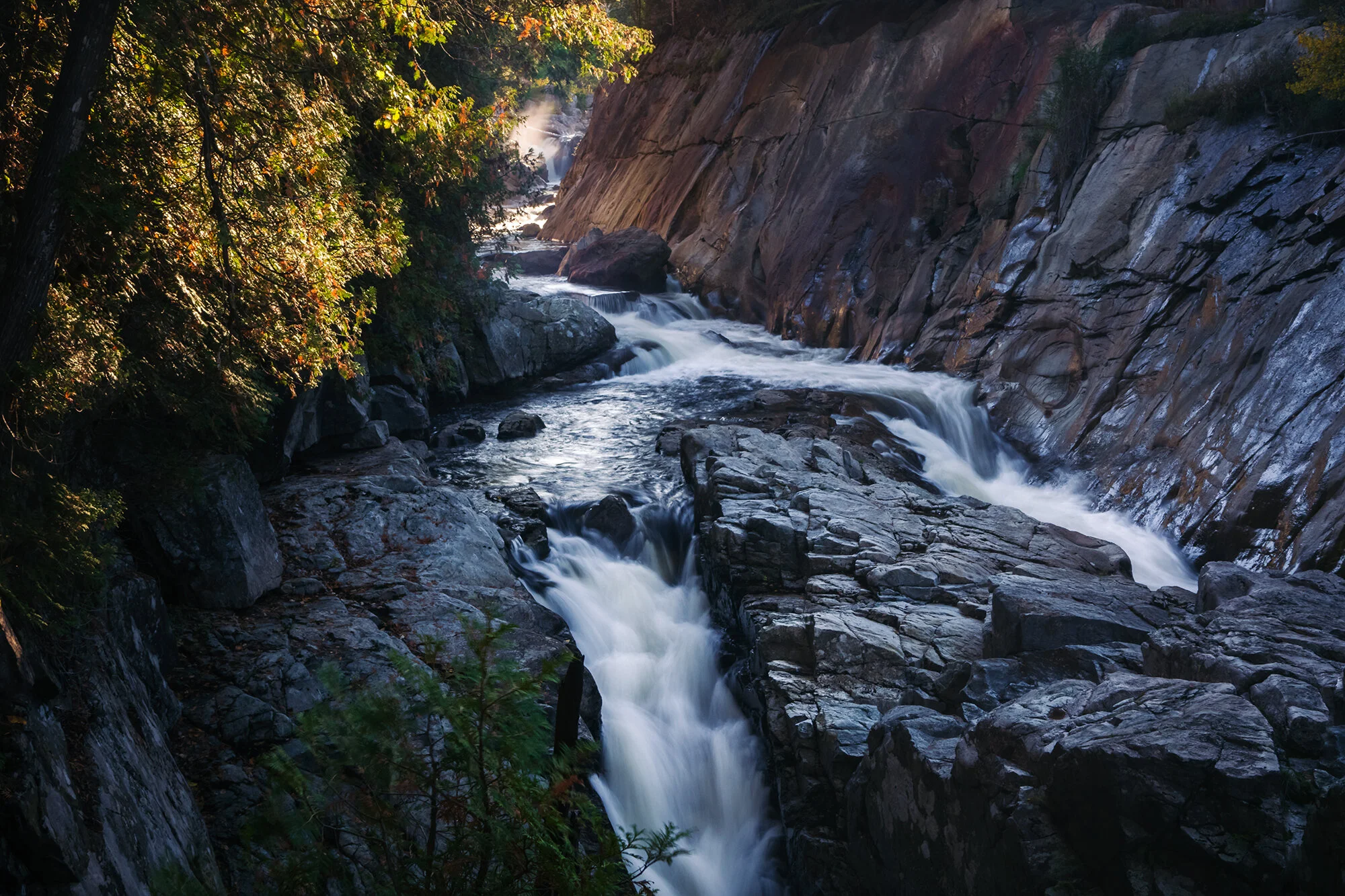Fall is nearly here, and from our base in Boston, it’s a fast two-hour drive to any number of beautiful places along the Atlantic Seaboard: the coast of Maine, the beaches of the Cape, the rolling hills and valleys of Western MA, and the mountainous uplands of Vermont and New Hampshire. Just over a month into our new work lives, Jane and I splurge on new backpacks and camping equipment, determined to make the most of our new surroundings. Comfortable as a clean bed and a hot shower might be at the end of a day’s travel, I’ve found car camping and hotel hopping to be severely limiting to my photographic craft, which is best done in the golden hours that bracket each day. I’ve long wanted to wake beneath the stars, miles deep within the wilderness, with pristine, picturesque landscapes a few feet outside of my tent. It’s not an experience that I’ve had any time recently in my adult life - at least not since I started photographing seriously. Until now, I haven’t had the time (or income) to make it happen.
With our new gear in tow, we set off on the second weekend of September for the northern tip of New Hampshire, to do an easy one-night camp in the Pemigewasset Wilderness (“The Pemi” for short), a massive woodland watershed that encompasses multiple ranges at the heart of the White Mountains. Setting off from Boston in the dark, we arrive at the quiet, between-seasons ski resort town of Lincoln around 7 AM, and find a parking spot up the road from the bustling trailhead parking lot shortly thereafter. Shouldering our packs for the first time, we walk several miles in along the rambling East Branch of the Pemigewasset River. Early fall colors are beginning to show here in the northern woods; along the forest canopy, the amber-red maples and golden birches are splashed among the leafy oaks and elms, and studded with pines and spruces. Morning light, that mystical, ethereal stuff of autumn magic, is filtering in through the fog and the trees. At the Franconia Brook campground, we find an empty tent platform and pitch our new tents. For relative newbies, we acquit ourselves fairly well, setting up our shelter and sleeping gear in about half an hour. After a brief snack break (nuts, bars, dried fruit), we empty our packs, stow our bear canister away in a tree hollow, and set off to explore. To reach the trails on the opposite bank, we cross the knee-high river barefoot; this winds up being a slippery, stony task that nearly ends with me face down in the water, and I vow to never again leave my water shoes behind in camp.
On the other side of the river, we walk along the Lincoln Woods Trail and climb the short path up to Franconia Falls - a series of slides where the river branch has carved its way through a slant of pink granite. Lying upon her pack, Jane takes a nap on the rocks, while I set up for long exposures of the nearby little cascades. We watch a family of school-age boys, happily tail-wagging black Labrador in tow, go plunging down the freshwater slides. In the mid-afternoon, we pack up and hike back across the river (this time I cross with my boots on, committing to their being wet the rest of the trip). Back in camp, I switch shoes and hang my boots against a tree to dry. We set up the camp boiler and heat two cups of water for our dehydrated dinners (a Mountain House breakfast skillet for me, and chicken and dumplings for Jane). In the evening, we briefly return to the riverbank to photograph the sunset light, before creeping into our sleeping bags for a long, chilly night in the forest.






































































